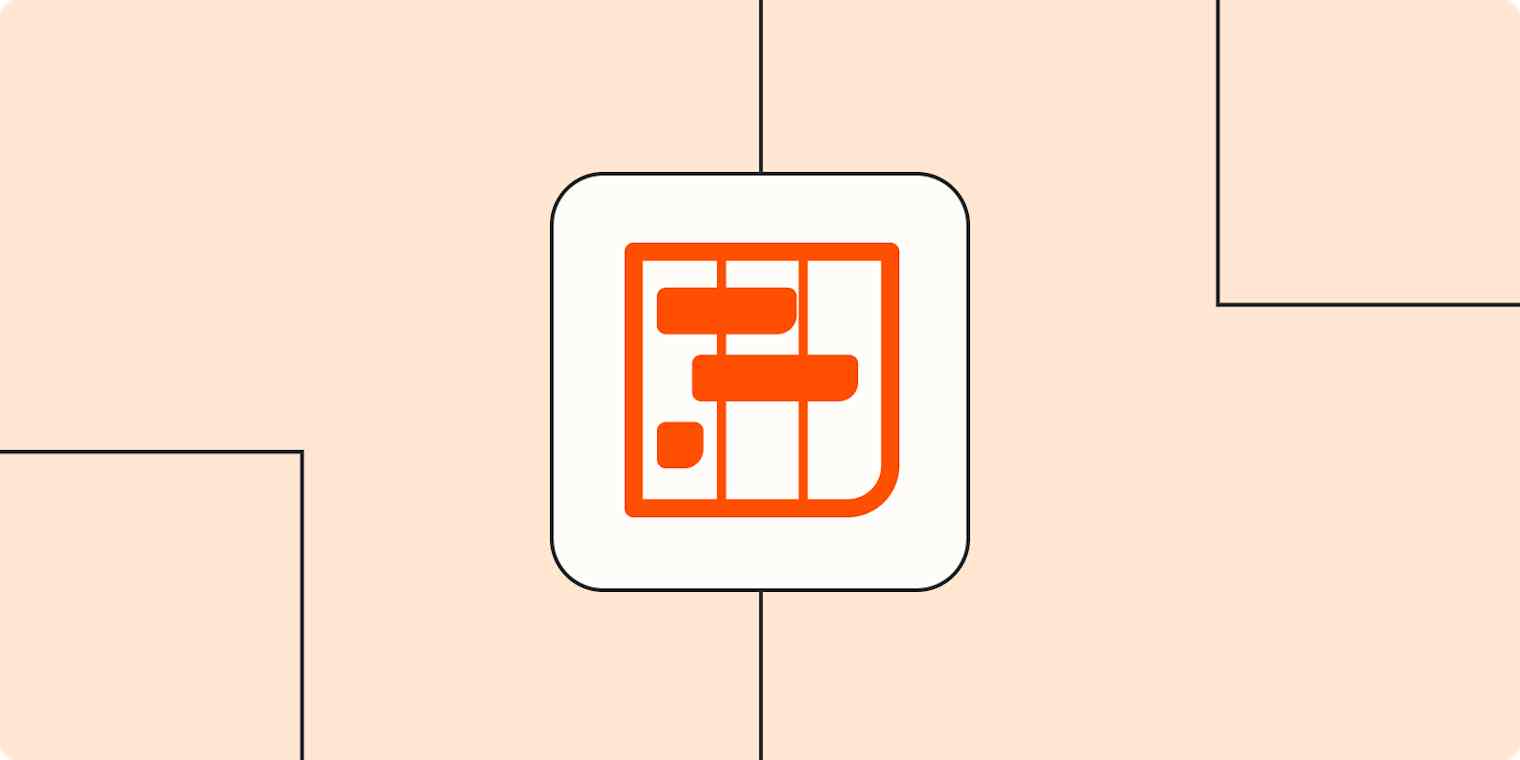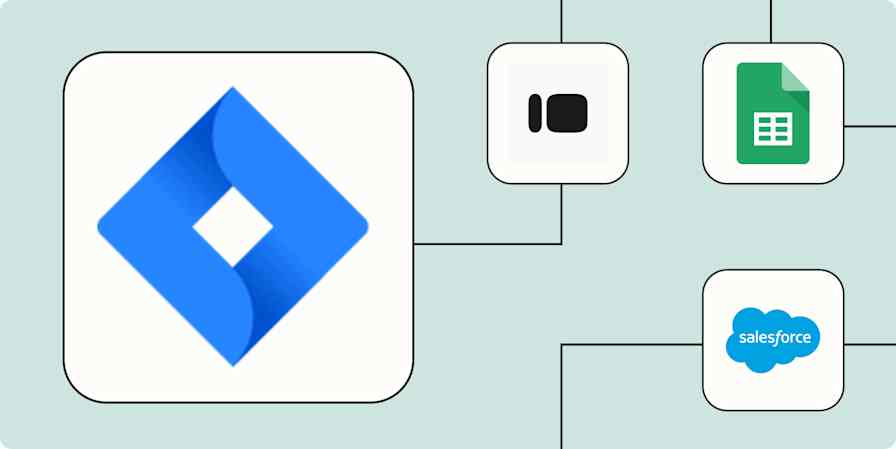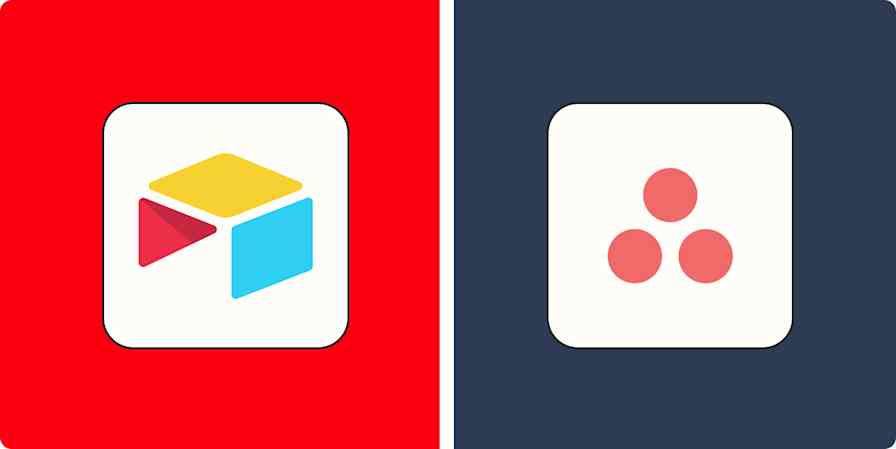Business tips
8 min readKanban vs. Scrum Agile methodology: Which is better?
By Amanda Pell · June 12, 2023

Get productivity tips delivered straight to your inbox
We’ll email you 1-3 times per week—and never share your information.
Related articles
Improve your productivity automatically. Use Zapier to get your apps working together.









